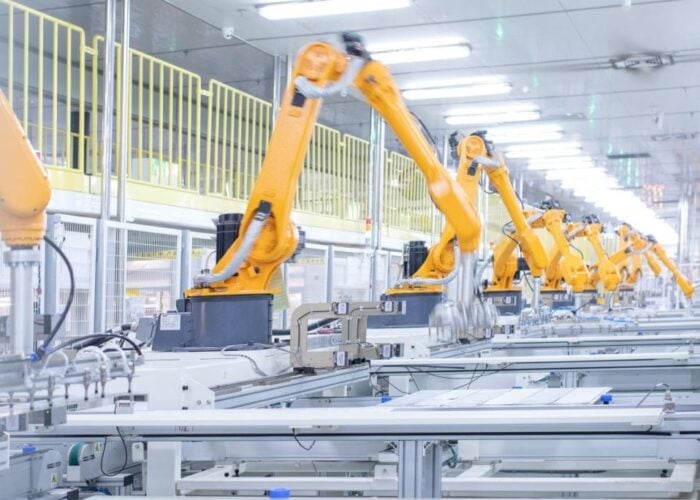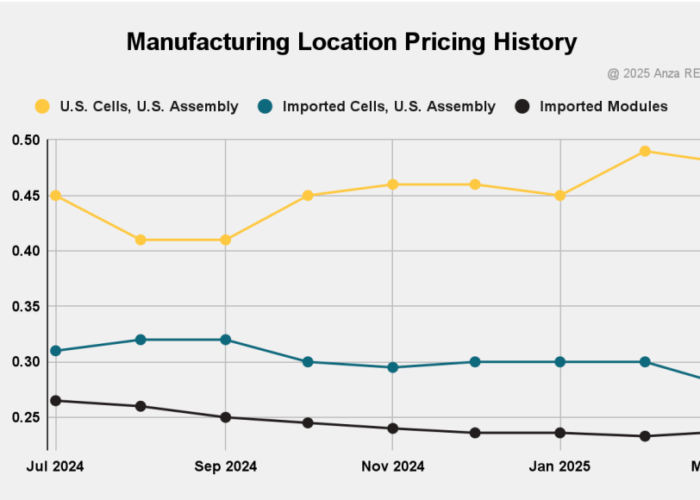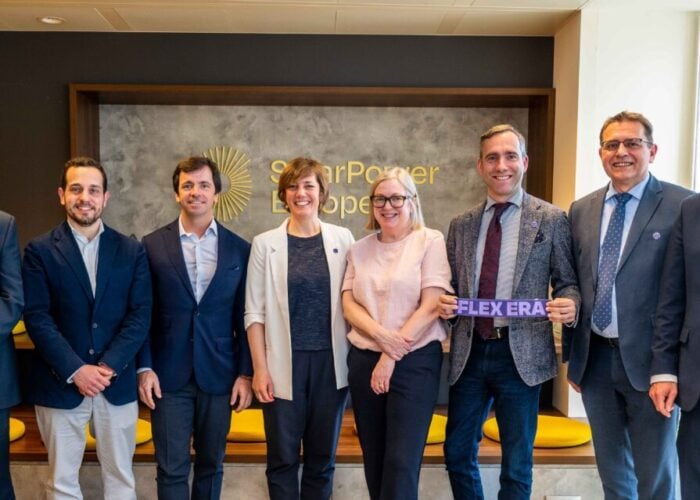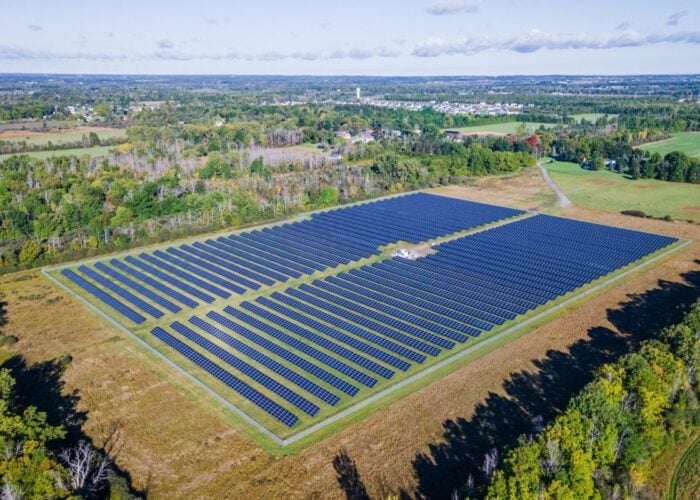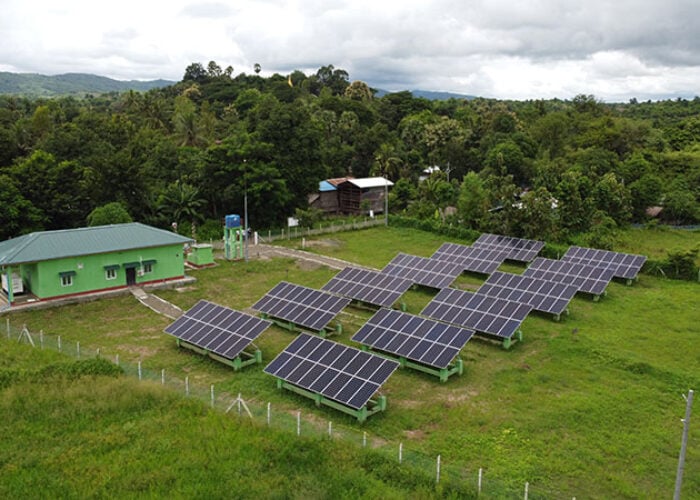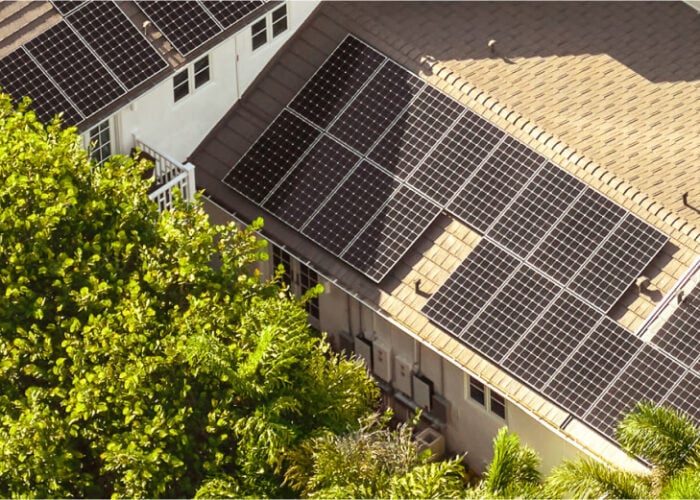A key attraction of organic and dye-sensitized photovoltaics (OPV and DSC) is the flexibility and transparency of the technology; however, a new report from NanoMarkets sees the need for more flexibility should these technologies survive and prosper in niche markets. According to the market research firm, these technologies may offer low-cost, high-volume roll-to-roll production but the markets they could serve are little more than low-volume niche sectors.
OPV/DSC’s situation mirrors similar problems in the printed electronics arena, where printing the entire world’s need for RF tags in a couple of days or weeks of 24/7 production may produce the lowest cost product but the factory would remain idle for the rest of the year because of the limited market for such technology.
Unlock unlimited access for 12 whole months of distinctive global analysis
Photovoltaics International is now included.
- Regular insight and analysis of the industry’s biggest developments
- In-depth interviews with the industry’s leading figures
- Unlimited digital access to the PV Tech Power journal catalogue
- Unlimited digital access to the Photovoltaics International journal catalogue
- Access to more than 1,000 technical papers
- Discounts on Solar Media’s portfolio of events, in-person and virtual
Or continue reading this article for free
Benchmarked against the likes of First Solar’s CdTe thin-film modules, OPV and DSC would have to be priced at a considerable discount since their low conversion efficiencies and poor longevity almost rule out the technologies from mainstream PV markets.
NanoMarkets believes that OPV and DSC will need to get creative by taking advantage of the features that these technologies still hold over other PV technologies, but that they are still destined for niche plays.
In 2015 NanoMarkets expects portable power OPV and DSC applications to generate US$580 million in revenues and transparent BIPV glass to produce US$280 million in revenues, two of the main markets available for the technologies, according to the market research firm.
Creating better flex-cell materials than those now in production would also allow PV-coated fabrics and other solutions that are much more pliable than what is currently considered ‘flexible PV.’

